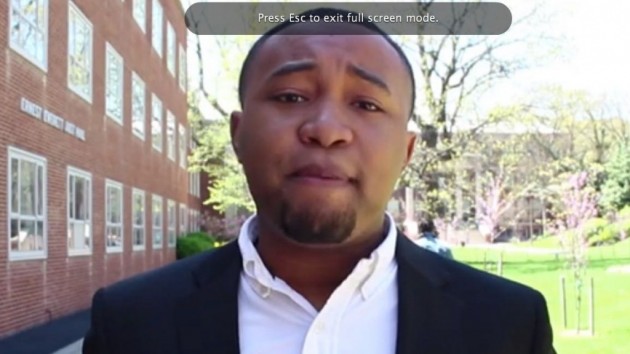Black History Month: Stephanie Wilson

Photo Courtesy NASA: Wilson has flown to spce a total of three times between 2006 and 2010.
WASHINGTON — As a young girl growing in Pittsfield, Massachusetts, a small town of 44,000 and 130 miles west Boston, Stephanie Wilson said she spent her nights looking up into the sky wondering what was out there.
For a class assignment, Wilson got the chance to speak with an astronomy professor at a local college who talked to her about space and the things that go on outside of Earth.
From that conversation, Wilson said, her passion for space and engineering and her future as a NASA astronaut were born. Ultimately, she would make three flights aboard a U.S. space shuttle into space.
“It really started a thought process about what other opportunities were available and what were some other ways that I could function in aerospace,” she said. “I also had an interest in working with my hands and understanding how devices are put together. So, I did decide to study engineering in college.”
After graduating high school in 1984, she attended Harvard University and received a bachelor of science degree four years later in engineering science. Upon graduation, she got a job at the Martin Marietta Astronautics Group in Denver as a loads and dynamics engineer.
Wilson later earned a master of science degree in aerospace engineering from the University of Texas, where she researched the control and modeling of large, flexible space instruments, much like the structures and devices used at NASA.
Wilson began working for the Jet Propulsion Laboratory in Pasadena, California, as a member of the Attitude and Articulation Control Subsystem for the Galileo spacecraft, the unmanned spacecraft that studied Jupiter, its moons and other Solar System bodies. It was launched in 1989 and arrived at Jupiter seven years later.
She focused on the spacecraft’s spin rate accuracy, antenna pointing accuracy and platform pointing accuracy.
In April of 1996, Wilson was selected by NASA to be an astronaut candidate and reported to Johnson Space Center in August for two years of training.
“A lot the choices I made were broad because they would allow me many opportunities,” she said.

Photo Coutesy NASA: Wilson is the second
African-American woman to fly into space.
As her first assignment, Wilson was assigned to work with Space Station payload displays and procedures, which deals with the actual weight of the spacecraft including passengers, cargo and other equipment. She then worked in the Astronaut Office CAPCOM Branch as a prime communicator with on-orbit crews, working in Mission Control, managing space flights, usually from the point of launch until landing or the end of the mission.
Wilson completed her first spaceflight on Space Shuttle Discovery in 2006 and logged almost 13 days, becoming the second African-American woman to fly into space. Following that expedition, Wilson was assigned to the a second mission aboard Space Shuttle Discovery that delivered the Node 2 connecting module to the International Space Station. Between 2006 and 2010, Wilson went on a total of three expeditions to space.
The astronaut said she credits God and her upbringing for all the opportunities and accomplishments in her nearly 30-year career.
“I think my faith played an essential role in my career,” she said. “I also think my family, friends and teachers played a part as well because they always encouraged me to go for my dreams.”
Wilson is the recipient of the NASA Distinguished Medal, which she was awarded in 2009 and 2011, the NASA Space Flight Medal, 2006, 2007 and 2010, an honorary doctorate of Science from Williams College, the Harvard College Women’s Professional Achievement Award and the Harvard Foundation Scientist of the Year Award.
She is still with NASA working in the branch for operations of the International Space Station, the habitable artificial satellite located in Earth’s lower orbit.
“I do believe I found my purpose in life,” she said. “I have to remind myself that God is in control. I might not understand his plan, but he does have one. I hope you people will see that anything is possible.”




